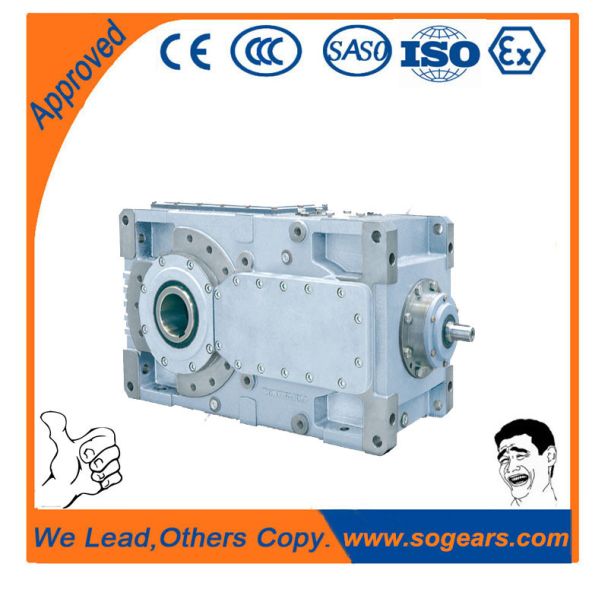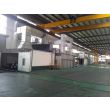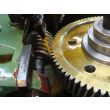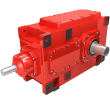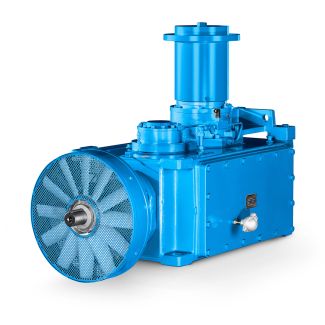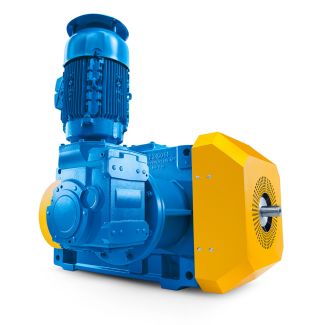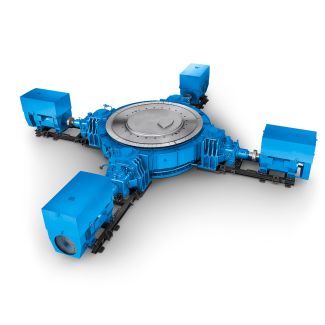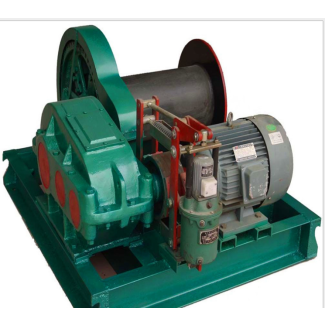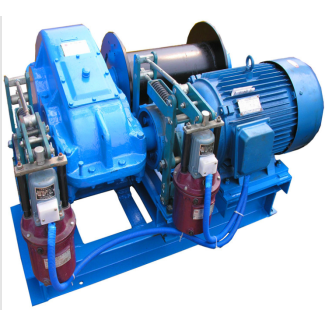Bevel-helical speed reduction gearboxes B4 ecial seal order via order code Y Z PA Sealing do B4-DH13A
In stock
SKU
B4-DH13A
$51,321.43
Flender/Flender Gear Units/Bevel-helical speed reduction gearboxes B4
ture composition by measurement of the refractive index, 4. Sampling, determination of the mixture composition by measurement of the dielectric - ~ constant, 5 Measurement of ressure and temperature upstream and downstream of the expansion valve, iterative cal!ulation of the
- ~ constant, 5 Measurement of ressure and temperature upstream and downstream of the expansion valve, iterative cal!ulation of the  composition The investigated methods 1,2 and 5 are suited to determining concentrations without com- plex measuring equipment and are highly
composition The investigated methods 1,2 and 5 are suited to determining concentrations without com- plex measuring equipment and are highly  suitable for binary refrigerant mixtures There were problems with the electronics when determining the dielectric constant and the refractive index
suitable for binary refrigerant mixtures There were problems with the electronics when determining the dielectric constant and the refractive index  Ways of optimising the prototype were discussed and methods for improvement out- lined in cooperation with manufacturer of optical measuring instruments The tests with expansion valves revealed that thermostatic expansion valves can be used without difficulty in hermetically sealed systems However, control problems may arise as result of concentration shifts, particularly when starting up large systems Electronicexpansion valves are suitable for use with refrigerant mixtures and are already available on the market The combination of an electronicvalve with Method 5 for determining the composition of the mixture is an optimum solution ~~~ ___ ~ ~~ ~~ Sampling in measuring vessel, measurement of the refrigerant mass, temperature and __ 2 : Vapour compression cycle with solution circuit using environmentally benign refrigerants 1. Purpose of the project The problems of ozone depletion and global warming necessitate the replacement of some CFCs,suchas R1, R2 and R5OZ,Atthetimeofsubmittingtheapplication,onlytwoCFCrefrig- erants were available which are environmentally benign and have no ozone-depleting poten- tial (RODP = 0). These two are R2 and R1a. The latter refrigerant is flammable and this restricts its serviceabilit and acceptance. At ambient pressure, R2 hasa boiling point of -8 " and is thus unsuitable ! use in normal vapour compression cycles. The problem when using R2 as ref
Ways of optimising the prototype were discussed and methods for improvement out- lined in cooperation with manufacturer of optical measuring instruments The tests with expansion valves revealed that thermostatic expansion valves can be used without difficulty in hermetically sealed systems However, control problems may arise as result of concentration shifts, particularly when starting up large systems Electronicexpansion valves are suitable for use with refrigerant mixtures and are already available on the market The combination of an electronicvalve with Method 5 for determining the composition of the mixture is an optimum solution ~~~ ___ ~ ~~ ~~ Sampling in measuring vessel, measurement of the refrigerant mass, temperature and __ 2 : Vapour compression cycle with solution circuit using environmentally benign refrigerants 1. Purpose of the project The problems of ozone depletion and global warming necessitate the replacement of some CFCs,suchas R1, R2 and R5OZ,Atthetimeofsubmittingtheapplication,onlytwoCFCrefrig- erants were available which are environmentally benign and have no ozone-depleting poten- tial (RODP = 0). These two are R2 and R1a. The latter refrigerant is flammable and this restricts its serviceabilit and acceptance. At ambient pressure, R2 hasa boiling point of -8 " and is thus unsuitable ! use in normal vapour compression cycles. The problem when using R2 as ref| Model Type | Bevel-helical speed reduction gearboxes B4 |
|---|---|
| Gear Type | Bevel Helical Gear |
| Weight (kg) | 2395.000000 |
| Ratio Range | 1 : 80…315 |
| Low Speed Output | Hollow shaft with shrink disk |
| Nominal Torque | 90700 Nm |
| Mounting Arrangements | Horizontal mounting position |
| Manufacturer | Siemens AG |
| Country of Manufacture | Germany |
| Data Sheet & Drawings | Bevel-helical speed reduction gearboxes B4 ecial seal order via order code Y Z PA Sealing do B4-DH13A |
